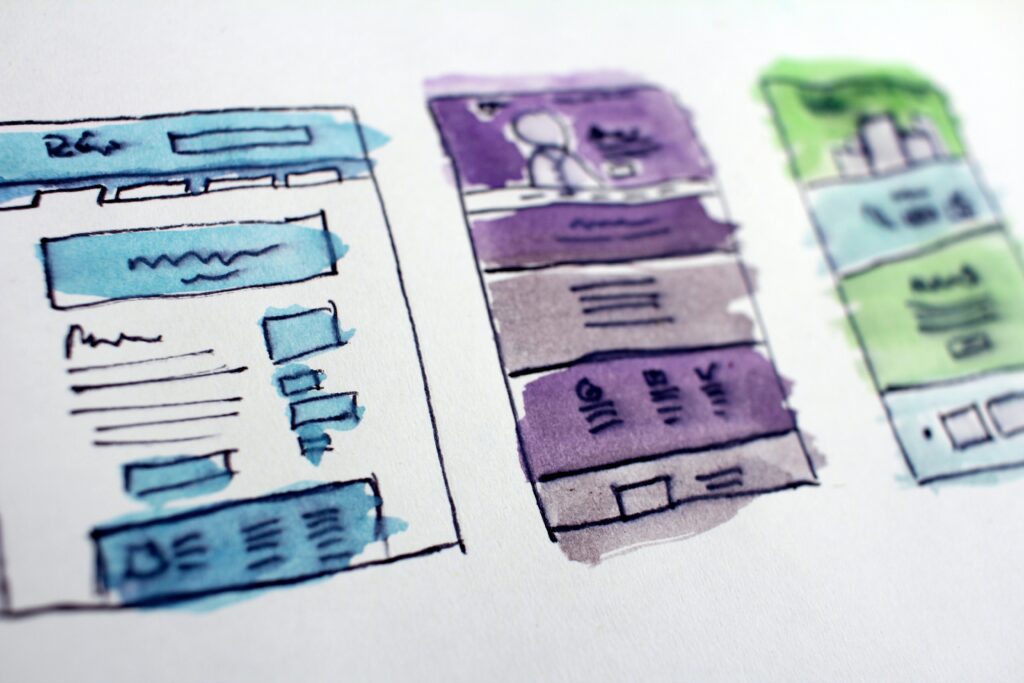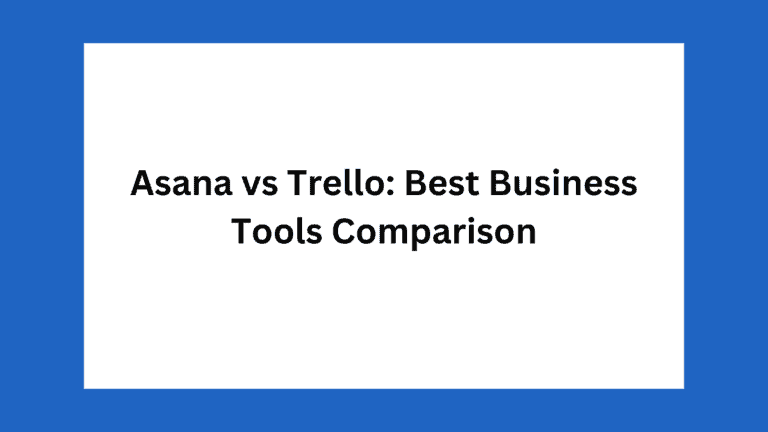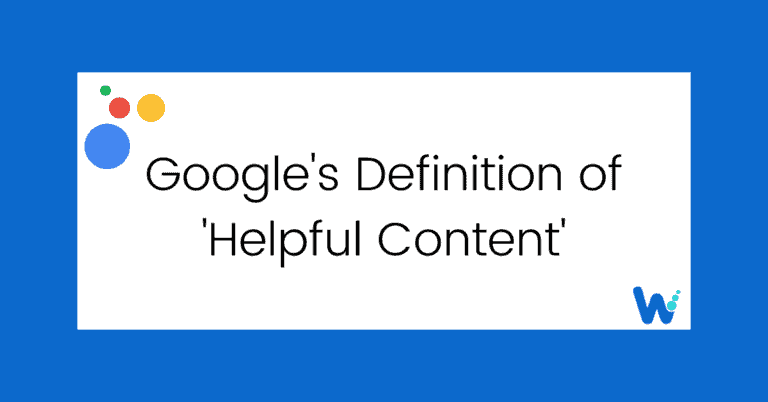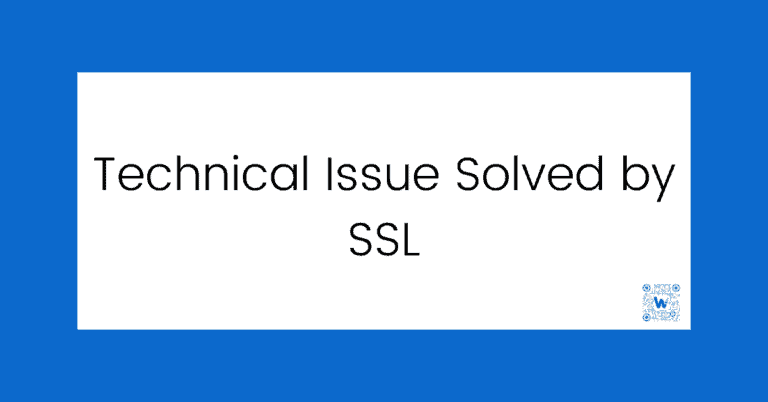A good brief is essential to producing great content, but you need help figuring out where to start.
Are you looking for tips on how to write an excellent content brief?
A content brief is a document that outlines the essential details of a content project. It includes information about the target audience, the product or service, the tone and voice, the goals and objectives, and the specific deliverables.
Read How To Write A Content Brief In 7 Easy Steps. A good brief will help you to identify your audience, create an active tone, & establish the writer’s scope
A content brief is an essential tool for any content project. It ensures that everyone involved in the project is on the same page and that the final product meets the client’s needs. In this article, we’ll walk you to write a content brief.
What Is A Content Brief?
Think of a write a content brief as your road map to creating great content. It’s a document that outlines all the important details about a particular piece of content, from the topic to the target audience to the tone and style. A good brief will help you stay on track and produce content that meets your objectives.
But writing a good brief can be tricky. It’s important to capture all relevant information without confusing the writer with too many details. And you need to be sure that the brief is clear and concise enough for everyone involved to understand.
Why Use A Content Brief?
A content brief is a document that details the specific goals of a content campaign and the steps you will take to achieve them. Content creators use it to guide their efforts, and marketers ensure everyone is on the same page.
With a content brief, it can be easier to know what you’re aiming for or what you should be producing. And since the content is such an essential part of any marketing campaign, it’s crucial to have a clear plan.
A good brief will help you clarify your goals, identify your target audience, and create a timeline and production schedule. It should also outline the tone and style of the content, as well as which channels you will distribute it through. By creating a brief, you’ll save yourself a lot of headaches down the road.
How To Create A Content Brief – 7 Steps
- Develop A Persona For Your Audience
When creating content, it’s important to understand your audience and what they want clearly. Doing this can ensure that your content is relevant and useful for the people you’re trying to reach. This is called developing a persona for your audience.
There are a few steps you can take to develop a persona for your audience. First, think about who you are trying to reach with your content. What are their demographics? What are their interests? What are their needs? Once you have a good idea of who your audience is, you can start creating tailored content for them.
- Determine Keywords And The Intent Of Your Article
Before you can begin writing your article, you need to take some time to determine the keywords you want to target and the intent of your article. The keywords you choose will help determine your article’s overall topic and the specific points you will make. And the intent of your article will help you determine the tone and style of your writing.
To begin, sit down and list the keywords you want to target. Once you have your list of keywords, take a look at each one and try to determine the intent behind it. What are people searching for when they use this keyword? What are they hoping to find? Answering these questions will help you understand what your article needs to accomplish.
- Write a content Brief Description Of The Structure And Format
This section should provide a brief description of the structure and format of the content you are requesting.
For example, if you request a blog post, include information such as word count, topics, and keywords.
If you are requesting an email campaign, include information such as the number of emails, the target audience, and the campaign’s overall goal.
- Make Sure Topics And Subtopics Are Added
As you add topics and subtopics to your content brief, be sure also to add a description for each. The description should include the following:
- Why the topic/subtopic is important
- What the reader will learn from the content
- How the content will be delivered (e.g., text, audio, video)
- Make Your Call To Action Specific
Good marketing campaigns have a clear and specific call to action (CTA). And yet, so many businesses need to make their CTAs more specific and specific. If your CTA isn’t specific, then it will not be effective.
Think about it this way: if you’re telling your customers to “buy now,” what will they do? They will need help figuring out what to do or where to start. But if you tell them to “buy our new widgets,” they know exactly what they need to do.
It’s the same with CTAs. You must ensure that your CTAs tell your customers exactly what you want them to do. So instead of saying, “sign up for our newsletter,” say something like, “sign up for our newsletter to get exclusive content.”
- Provide An Approximate Word Count
In most cases, it is best to provide an approximate word count for your content. This lets your readers know how long the piece is and how long it will take them to read it. It also gives them a frame of reference for the level of detail in the piece. For example, a word count can give your reader an idea of how in-depth the post will be if you are writing a blog post.
- Indicate Any Contextual Links You Wish To Include
When creating a piece of content, it is important to include any relevant links that will help provide context or additional information for readers, especially when writing about a topic that might be unfamiliar to some readers. By including links to helpful resources, you can ensure that everyone who reads your content will better understand the concepts you’re discussing.
Including contextual links is also a great way to show that you are well-informed about the topic you’re writing about. By pointing readers to other sources of information, you can demonstrate that you have done your research and are knowledgeable about the subject matter.
6 Important Things To Write a Content Brief

Your content brief should be a comprehensive document that lays out all the details of a content project, from goals and target audience to tone and style guide. It should answer questions like “What is the goal of this project?”, “Who are we targeting?” and “What kind of stories should we tell?”.
Including the following information in your content brief will help ensure you create an effective piece of content:
- What Do You Want To Achieve With This Piece Of Content?
To create successful content, you need to know what your goals are. This will help you determine the tone and style of your content.
The goals of your content should be clear and concise. They should also be measurable so that you can see if they have been achieved or not.
- Who Is Your Target Audience For This Content?
The target audience is the most important aspect of any content. It is the reason why you are writing it in the first place. You need to know your target audience and what they want to read.
You should always write for your target audience rather than for yourself or a general audience. This will help you create content that resonates with them and will make them more likely to share it with their friends and family.
- What Type Of Tone Or Style Should Be Used In Your Content?
Should it be informal or formal, lighthearted or serious, etc.?
The tone and style of your content should be appropriate for the target audience. For example, your tone should be lighthearted and playful if you are writing a blog post for a children’s toy company.
If you are writing an article about the latest fashion trends, your tone should be more serious and professional.
- How Must You Format Your Content For Various Publications?
The format of your content will include the number of words and sentences, the length of time it takes to read and absorb it, and any images or graphics you will include.
You can include some statistics in your content. They offer much more information than just numbers, but they can get confusing when too many numbers are thrown around all at once.
- If your content is for a digital publication, you may not need to do any formatting work and can just plug everything into an editor such as Google Docs or Microsoft Word.
- And if it’s for print publication, however, you must provide a specific design and format so that everything looks perfect when published on social media platforms and websites.
- What Topics Should You Include In The Content?
What topics should be included in the piece? Should there be any links/references to resources or other content pieces?
Content is the lifeblood of any business and keeps your customers coming back for more. The first step to creating top-quality content is creating a solid website or blog strategy. This will guide you on how to approach writing and publishing content on your site.
- Make sure that each piece of content has a purpose.
- Write with clarity, not simply for writing (although that helps).
- The content should be written in short sentences with short paragraphs so that they don’t overwhelm your audience with too much information at once.
- Use active language instead of passive when possible.
- Scheduling & Delivery Of The Content To Be Published
When should the content go live, who needs to review it before launch, and how will it be distributed (social media, email list)?
- If the content is time-sensitive, such as news or event information, make sure it goes live as close to the event date as possible.
- If the content requires approval from multiple people, such as from different departments or senior management, make sure to give yourself enough time to collect all the necessary approvals.
- Make sure to promote your content through your company’s social media channels and email list to ensure that it reaches the widest possible audience.
By taking the time to create a detailed content brief before getting started on any project, you will save yourself time and frustration down the line. So make sure that you give your content briefs all the attention they deserve!
Tips For Writing An Effective Content Brief
You have the basic structure of your write a content brief down, but now you need to fill it in with details. Here are some tips to help you write a content brief to help your team deliver a successful project.
- First, list the project’s primary objectives and focus on crafting content that achieves those goals. For example, if your goal is to build brand awareness, make sure your content should focus on topics that will engage and educate potential customers.
- Second, provide enough detail so you can easily communicate all of the information to the team working on the project. This includes specifying how you should format the content and what tone should be used to engage readers.
- Third, provide clear instructions for managing feedback and revisions throughout the process. Establishing a feedback loop is key to ensuring everyone’s expectations are met.
- Finally, set realistic timelines for each piece of content that needs to be submitted or approved. This will help keep your projects on track and meet deadlines.
Example Of Blog Content Briefs
1. Here is a great example from a real-world brand to understand better what a well-written content brief looks like. You can use it as a template for your write content brief; just make sure to customize it to fit your specific needs.
The content’s brief outlines the goals of blog content directed at technology professionals. They make clear that their key goal is to educate beginner to mid-level professionals on an introduction to deep belief networks in deep learning.
This is an example of a successful content brief used by a major brand—you can find more online or even model yours after it. As long as you know what you want from your project, you can write a great brief that will guarantee successful results!
2. Example of a write a content brief for an article on “The Benefits of Developing An Editorial Strategy For Content Writers.”
| Content Guidelines | ||
| 1 | Topic | The Benefits of Developing An Editorial Strategy For Content Writers |
| 2 | Hosting site | https://wordscloud.com/ |
| 3 | Company | We are target-driven, focusing on combining content with technology and delivering top-notch services. We provide on-page and off-page SEO services, Digital Marketing services. We are also adept at running Facebook campaigns. We also provide App development and Web Development services. |
| 4 | Content goal | To educate the audience about developing an editorial strategy and managing the editorial product. |
| 5 | Target audience | Content creators, writers, editors, communication and brand managers, the SEO industry |
| 6 | User intent | Informational |
| 7 | Tone of language | Professional, convincing, knowledgeable |
| Structure and Formatting Rules | ||
| 1 | Text formatting rules | Text size – 11Font – ArialFont color – blackLine and paragraph spacing – 1.5Alignment – justified |
| 2 | Title rules | Format all headings and subheadings in the title caseTitle – H1Bold all headings and subheadings |
| 3 | Meta description rules | Meta description must contain sufficient information to convince the reader to read the article |
| 4 | Keyword rules | All heading and subheadings must contain primary keywords.You must use the keyword at most 25 times. |
| SEO Requirements | ||
| 1 | Word count | 1000 < 3000 |
| 2 | Meta description | Meta description must contain one or two keywords |
| 3 | Internal link | Link to any relevant page from Wordscloud Home page |
| 4 | Content outline | Refer to the example below to write an informative content outline. Add a featured image and illustrations where necessary. |
An Example Of Content Outline Provided To Our Writers
Conclusion
An excellent write a content brief must be clear, concise, and actionable. It should answer the project’s who, what, when, where, and why. A good brief also describes the desired tone, style, and content type. By following these tips, you can ensure that to write a content brief is clear and concise and will help to produce high-quality content that meets the needs of your target audience. To write an excellent content brief, contact us today.
You can also Learn: How To Write A Conclusion
FAQs
- Who should write a content brief?
To write a content brief, there should be written by someone who understands the project and its goals, whether the marketing team, the client, or a freelancer.
- What information should be included in a content brief?
A content brief should include an introduction to the project, a timeline, audience information, objectives and goals, research topics, and detailed instructions.
- How long should your content be?
The length of your content brief will depend on the scope of your project. Generally speaking, it should be two pages.
- Do you have to follow a specific format for your content briefing?
There is no one-size-fits-all approach when it comes to writing effective way to write a content briefs. However, there are some basic guidelines that you can follow to make sure that all of the essential information is included.









